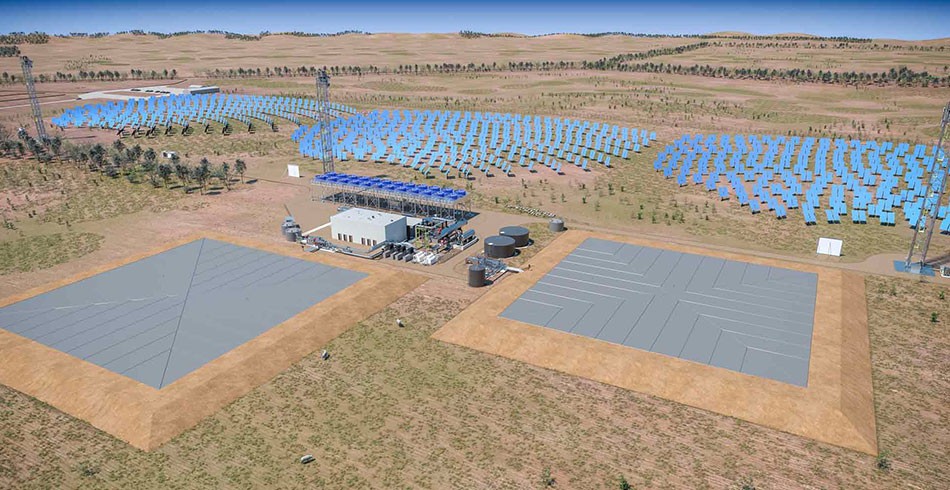The federal government is backing Australian firm RayGen’s solar PV and thermal storage technology that can provide clean, dispatchable electricity and assist decarbonisation across the grid.
The Australian Renewable Energy Agency (ARENA) has provided RayGen $10 million to scale up its innovative solar PV and electro-thermal storage technology.
Related article: AGL, RayGen open world’s largest solar-plus-storage plant
This potentially game-changing innovation for firming the grid combines its tower-mounted, concentrated solar PV technology with thermal storage capabilities. The system stores hot water produced as a byproduct of PV electricity generation and water cooled with a small portion of the electricity. The hot and cold water are then combined to power a turbine that generates electricity on demand.
Development of the RayGen technology will complement government initiatives, such as the Capacity Investment Scheme, supporting the development of dispatchable capacity and help guard against future price spikes.
Assistant Minister for Climate Change and Energy Jenny McAllister said the innovative solar and thermal storage technology could offer generators and industry new versatility on the path to decarbonise the economy.
“RayGen is another terrific Australian innovation story. This latest funding into RayGen is just another example of the Albanese Government investing in the technology of the future that we need to power our grid and decarbonise our economy,” Senator McAllister said.
Related article: Government pledges $45m towards “ultra low cost” solar
“We know that firmed renewables are the cheapest form of energy. Projects like these will help provide the storage capacity we need to achieve 82% renewables by 2030. Efficient and cost-effective solar thermal power plants like RayGen’s could help deliver storage across the grid.
“It could provide vital supply during peak demand, longer duration storage, and export to the wholesale market at times of low renewables output. The scalability of technology like this also has off-grid potential to help decarbonise harder-to-abate sectors like mining.”







